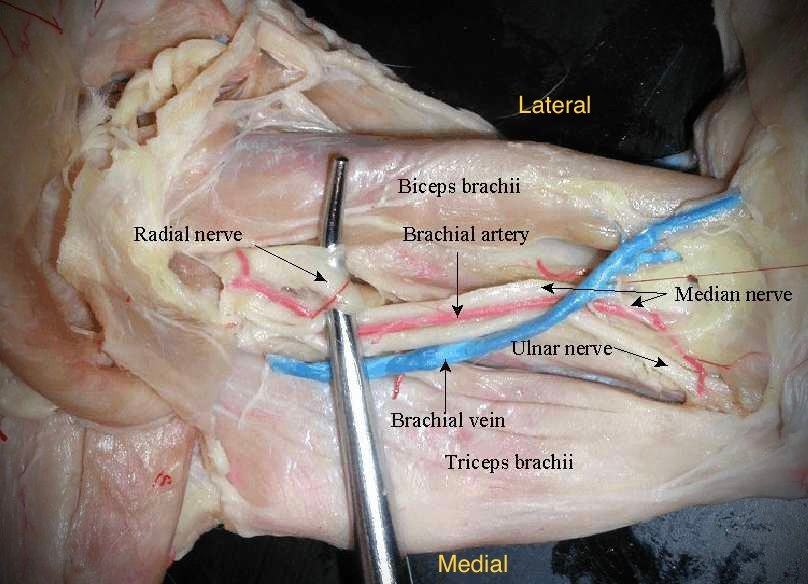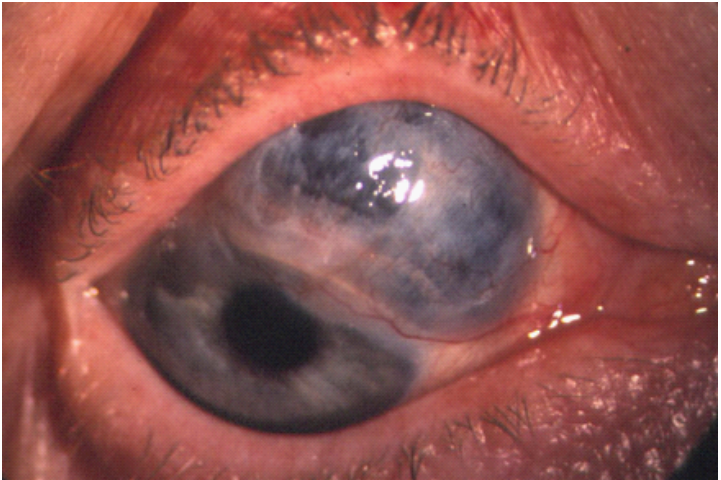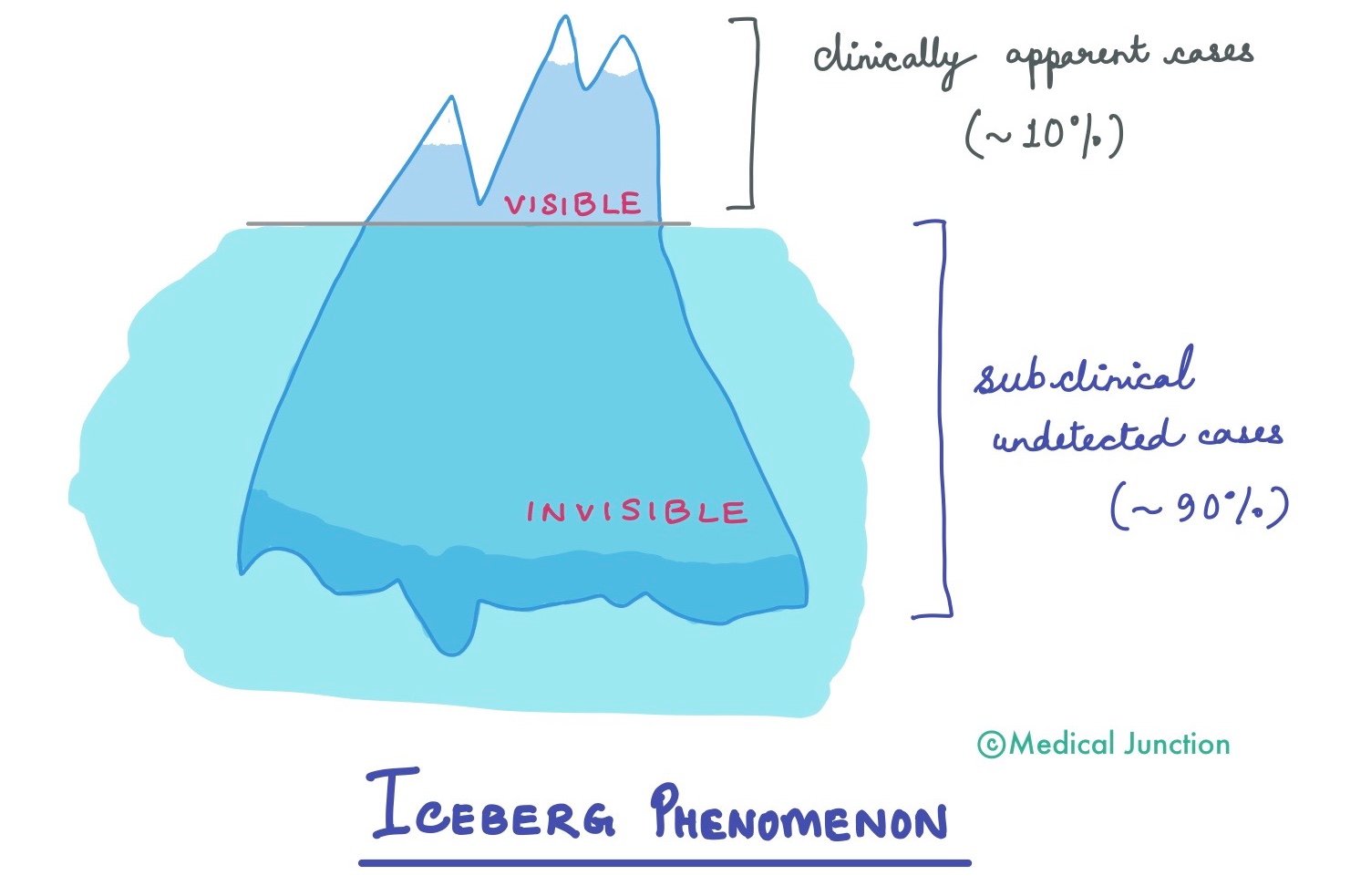It is the most important source of blood to the arms and hands. Basically it is the continuation of axillary artery after it passes below the lower border of the teres major muscle.
These arteries are named according to the region they supply.

Relations
- It begins at lower border of teres major and eventually terminating into ulnar and radial artery at cubital fossa.
- Anteriorly, it is crossed by median nerve from lateral to medial side.
- Posteriorly, it has triceps brachii, radial nerve and profunda brachii artery.
- Medially, in the upper part it is related to ulnar nerve and basilic vein and lower part is related to median nerve
- Laterally, it is related to coracobracialis, biceps brachii and median nerve in upper part .

Branches

It has 6 branches:
Profunda brachii artery
It is also known as deep brachial artery. Origin of this branch occurs just below the teres major accompanying the radial nerve.
Profunda brachii artery traversing further to supply the dorsal muscle group of the upper arm and gives two branches namely
- Radial collateral artery
- Middle collateral artery
Superior ulnar collateral artery
This branch accompanies the ulnar nerve.
Inferior ulnar collateral artery
Also known as supratrochlear branch arises in lower part of arm and form anastomoses with branch of ulnar artery.
Nutrient artery
Before entering into nutrient canal which is a hole in humerus, nutrient artery arises as a branch of brachial artery.
Radial artery
A terminal branch of the brachial artery originating at the cubital fossa and travelling down the lateral side of the forearm.
Ulnar artery
A terminal branch of the brachial artery arising at the cubital fossa and passing down the forearm on its medial side.
Collateral Artery
Anastomoses around the elbow joint, connect branches of brachial artery with ulnar and radial arteries so that they can have a close circuit circulation and supply ligaments and bones of the joint.

Simple way to conclude this is :
- Superior ulnar collateral artery anastomose with posterior ulnar recurrent branch of ULNAR ARTERY.
- Inferior ulnar collateral artery anastomose with anterior ulnar recurrent branch of ULNAR ARTERY.
- Radial collateral artery of P. brachii artery anastomose with radial recurrent branch RADIAL ARTERY.
- Middle collateral artery of P. Brachii artery anastomose with radial recurrent branch of RADIAL ARTERY.
Clinical Anatomy
- Brachial pulsations felt medial to the biceps brachii muscle by applying pressure to the medial edge of the humerus. More proximally, it can be felt in the depression posterior to the coracobrachialis muscle. More distally, it can be felt medially to the biceps brachii tendon.
- Blood pressure is measured by compressing the brachial artery. The cuff is then slowly deflated to restore blood flow in the artery. The resulting Korotkoff sounds are amplified using a stethoscope, used in order to determine the systolic and diastolic blood pressures.

- Supracondylar fractures of the humeral shaft may cause posterior displacement of the distal fragment. This proximal bone fragment may injure the brachial artery.
- Compression of the brachial artery can be performed to control blood loss in trauma patients and is best carried out proximal to the site of laceration and medial to the humerus.





